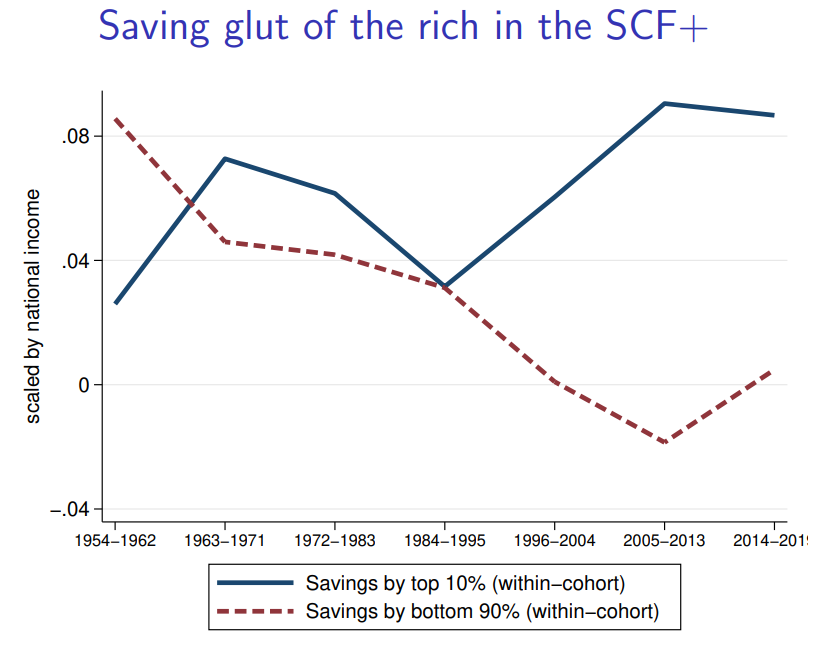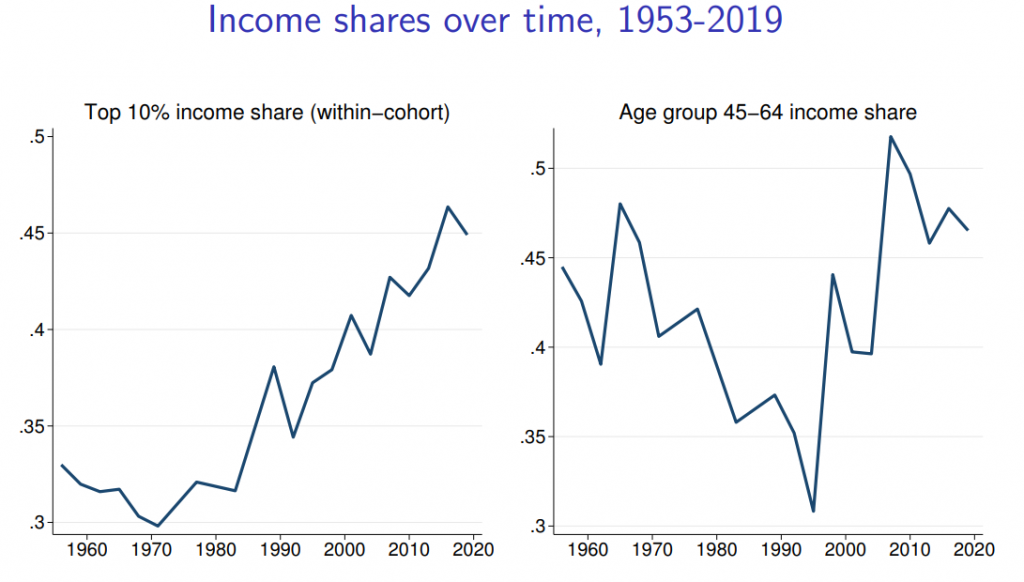We expect NAB’s Non-rural Commodity Price Index to fall by 4.9% in Q2


Insight
At the Fed’s annual Jackson Hole conference, markets understandably reacted to US Fed Chair Powell’s speech which effectively significantly divorced tapering from rate hikes.


© National Australia Bank Limited. ABN 12 004 044 937 AFSL and Australian Credit Licence 230686.